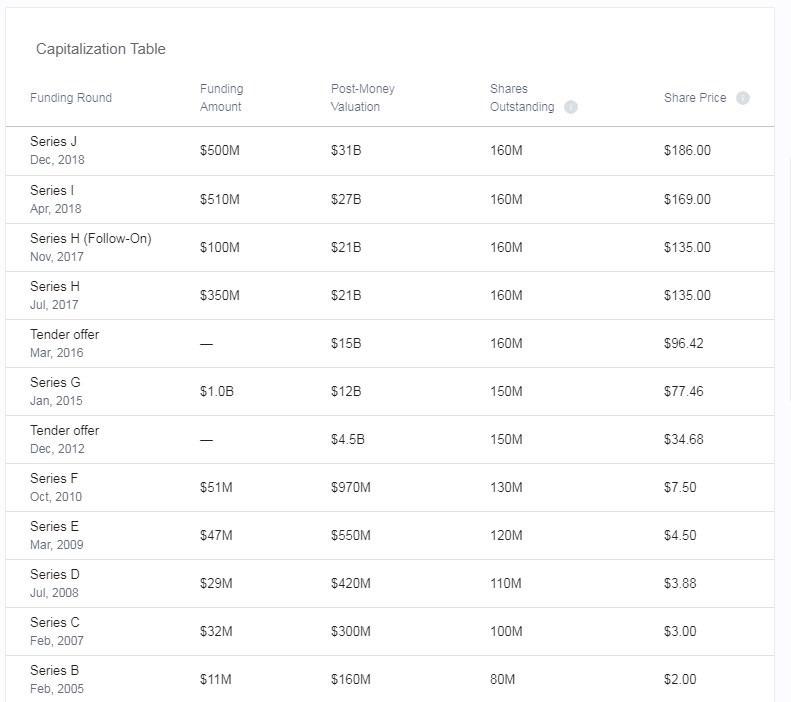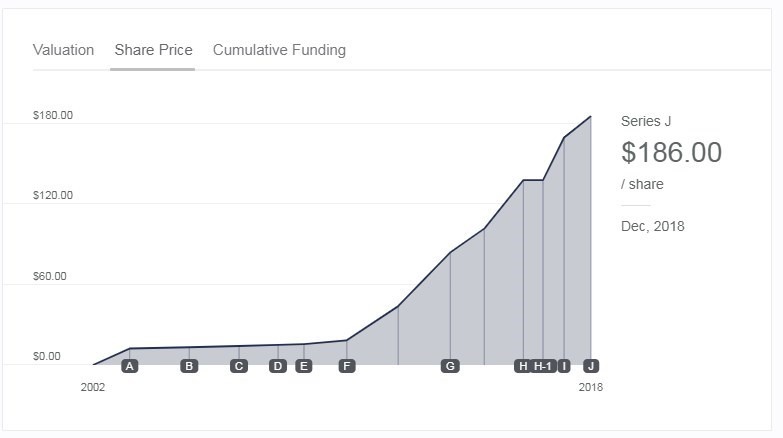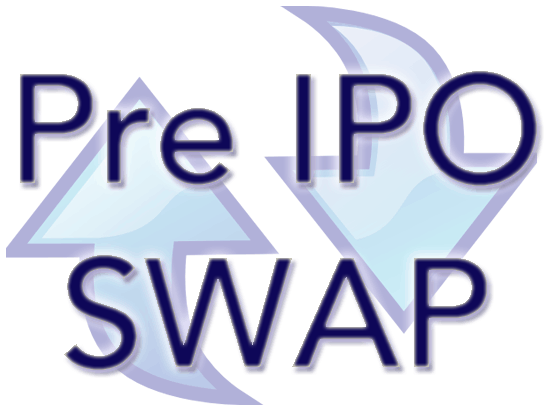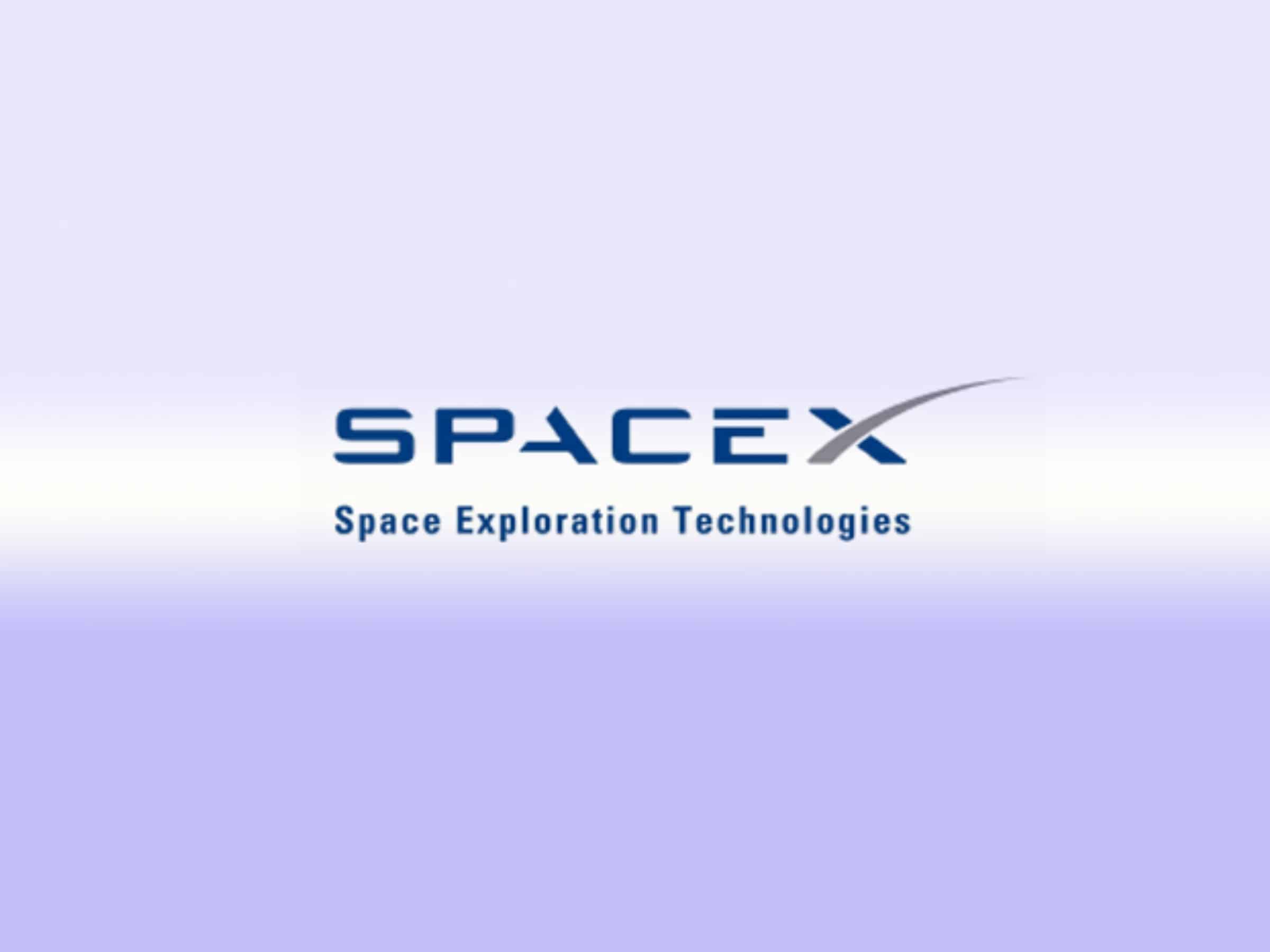Space X Description
Space Exploration Technologies Corporation (SpaceX) is a space-transportation startup company founded by Elon Musk. It designs, manufactures, and launches advanced rockets and spacecraft. It is developing the partially reusable launch vehicles Falcon 1 and Falcon 9. Originally based in El Segundo, SpaceX now operates out of Hawthorne, California, USA.
SpaceX was founded in June 2002 by Musk who had invested $100 million of his own money in the company as of March 2006. In January 2005, SpaceX bought a 10% stake in Surrey Satellite Technology Ltd.
SpaceX had 160 employees in November 2005, and more than 500 by July 2008. The launch crew in the Marshall Islands has 25 people, 6 in mission control. This small number, compared to similar space launch companies, is part of cost reduction. Musk sees other space-launch services’ high prices as supporting unnecessary bureaucracy. He’s stated that one of his goals is to improve the cost and reliability of access to space by a factor of ten.
Elon Musk stated after the failure of the third Falcon 1 flight attempt, “As a precautionary measure to guard against the possibility of flight 3 not reaching orbit, SpaceX recently accepted a significant investment. Combined with our existing cash reserves, that ensures we will have more than sufficient funding on hand to continue launching Falcon 1 and develop Falcon 9 and Dragon”; on August 4, SpaceX released further details; they had accepted a USD$20 million equity investment from the Founder’s Fund.
Founded in 2002, the SpaceX team now numbers over 500, located primarily in Hawthorne, California, with four additional locations: SpaceX’s Texas Test Facility in McGregor near Waco; offices in Washington DC; and launch facilities at Cape Canaveral, Florida, and the Marshall Islands in the Central Pacific.
Space X Investor Info




Space X More Information
Space Exploration Technologies Corp., doing business as SpaceX, is a private American aerospace manufacturer and space transportation services company headquartered in Hawthorne, California. It was founded in 2002 by entrepreneur Elon Musk with the goal of reducing space transportation costs and enabling the colonization of Mars.[9][10][11] SpaceX has since developed the Falcon launch vehicle family and the Dragonspacecraft family, which both currently deliver payloads into Earth orbit.
SpaceX’s achievements include the first privately funded liquid-propellant rocket to reach orbit (Falcon 1 in 2008),[12] the first private company to successfully launch, orbit, and recover a spacecraft (Dragon in 2010), the first private company to send a spacecraft to the International Space Station (Dragon in 2012),[13] the first propulsive landing for an orbital rocket (Falcon 9 in 2015), the first reuse of an orbital rocket (Falcon 9 in 2017), and the first private company to launch an object into orbit around the sun (Falcon Heavy‘s payload of a Tesla Roadster in 2018). SpaceX has flown 14 resupply missions to the International Space Station (ISS) under a partnership with NASA.[14] NASA also awarded SpaceX a further development contract in 2011 to develop and demonstrate a human-rated Dragon, which would be used to transport astronauts to the ISS and return them safely to Earth.[15]
SpaceX announced in 2011 that it was beginning a reusable launch system technology development program. In December 2015, the first Falcon 9 was flown back to a landing pad near the launch site, where it successfully accomplished a propulsive vertical landing. This was the first such achievement by a rocket for orbital spaceflight.[16] In April 2016, with the launch of CRS-8, SpaceX successfully vertically landed a first stage on an ocean drone ship landing platform.[17] In May 2016, in another first, SpaceX again landed a first stage, but during a significantly more energetic geostationary transfer orbit mission.[18] In March 2017, SpaceX became the first to successfully re-launch and land the first stage of an orbital rocket.[19]
SpaceX plans to launch its Dragon 2 spacecraft in January 2019 and to launch its first crewed spacecraft Dragon 2 in June 2019.[20]
In September 2016, CEO Elon Musk unveiled the mission architecture of the Interplanetary Transport System program, an ambitious privately funded initiative to develop spaceflight technology for use in crewed interplanetary spaceflight. In 2017, Musk unveiled an updated configuration of the system, now named the BFR (Big Falcon Rocket), which is planned to be fully reusable and will be the largest rocket ever on its debut, currently scheduled for the early 2020s.[21][22]

